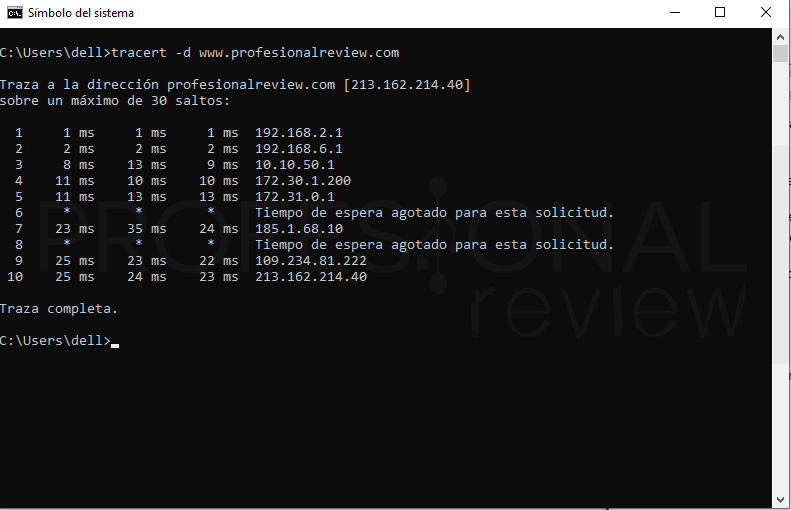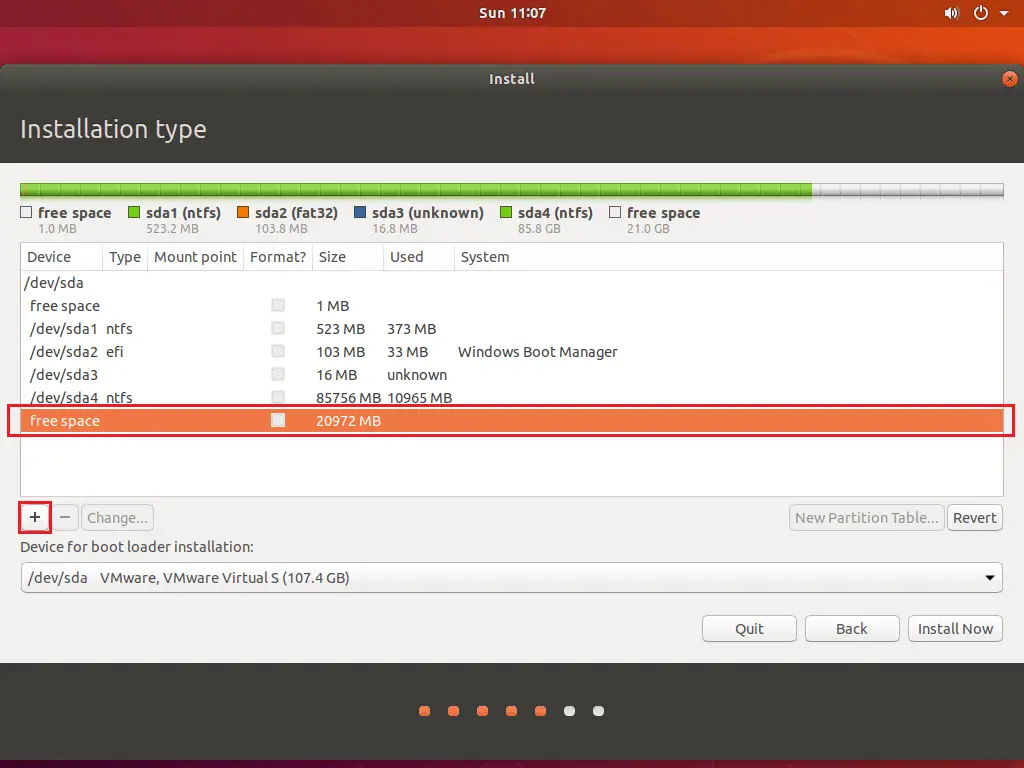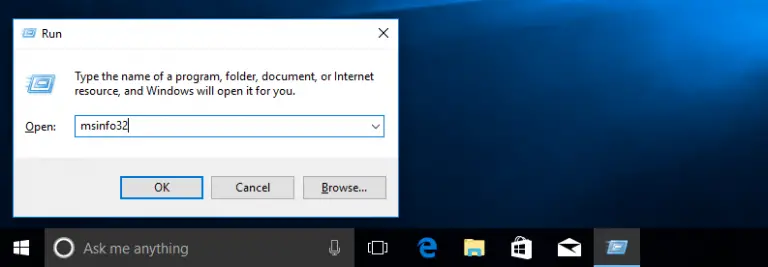
The Windows-compatible partition can be created automatically during the installation of the Windows operating system. To install Windows on a system that has Linux installed when you want to remove Linux, you must manually delete the partitions used by the Linux operating system. For additional information, refer to your Linux documentation. Windows and Linux can coexist on the same computer. This article also assumes that Linux is already installed on the hard disk using Linux native and Linux swap partitions, which are incompatible with the Windows operating system, and that there is no free space left on the drive. This article describes how you can remove the Linux operating system from your computer, and install a Windows operating system.

There are allegedly some performance benefits to having a swap partition over a swap file, but as far as I know they're pretty negligible (and in any case, for general use if your computer is making heavy, performance critical use of swap then something's probably not quite right anyway).For a Microsoft Windows XP version of this article, see 314458. Or perhaps you're booting from something like a hardwired eMMC but you want your swap on a drive which is less prone to being trashed by heavy swapping.

For example you may want to have your swap and root on a faster drive and your home on a slower but larger capacity drive.

Otherwise, the main reasons for wanting to manually partition mostly relate to having multiple drives you want to manage. A fairly popular choice is to have a separate home partition, as it means if you need to reinstall Linux (either because you break something irreparably, or you just want to change your distro) you can wipe root without affecting your personal files. If you want to do other things with partitions you'll need to use the manual partitioning option. This set up is good enough for 99% of users, so unless you have strong preferences about these things you might as well stick with the defaults. It doesn't setup a swap partition by default (like a lot of distros, Ubuntu now defaults to using a swap file hosted in your normal root filesystem instead of a separate partition). And how much space will be provided to root,swap and home partitions?īy default, Ubuntu just installs a single partition (excluding EFI partition), in ext4 format, and sticks the entire filesystem in there.


 0 kommentar(er)
0 kommentar(er)
